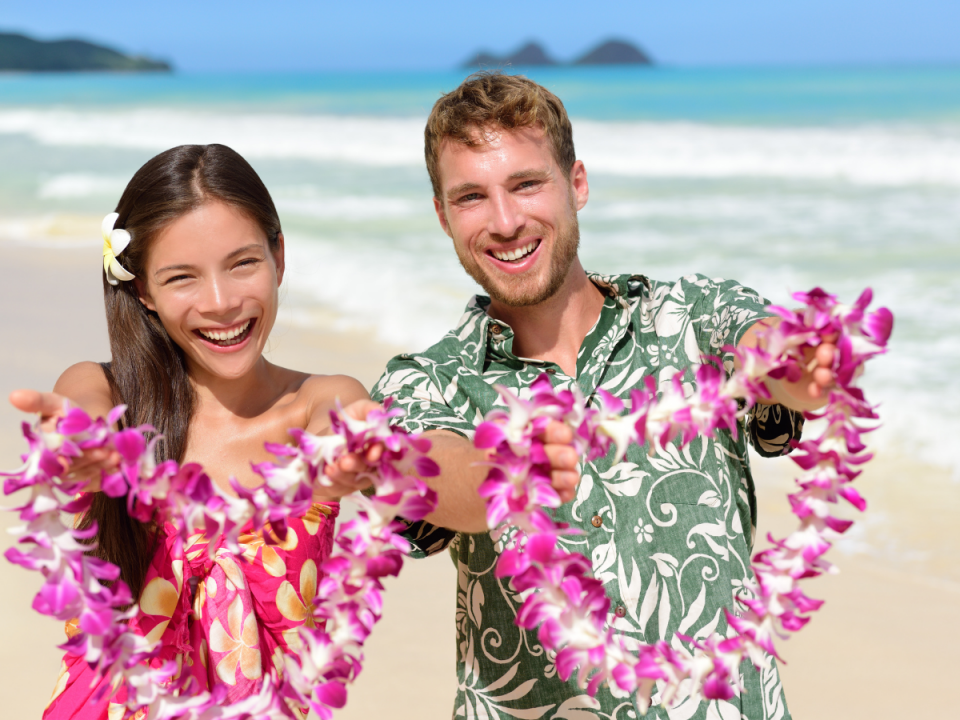In most situations, fashion communicates where you’ve been and what it took to get there. It also symbolizes status and desire. This idea, particularly the cost and celebrity-like endeavor it used to take to make the trek from the mainland United States, is what gives the aloha shirt its more general appeal. The outfit also refers to more than just an Elvis film or a cruise departing from the Californian coast.
The Hawaii of the 20th century, specifically an East-meets-West-meets-Polynesian cultural confluence, and the pervasive need that, no matter where you’re from, you’ve got to stay cool when the tropical sun is beating down on you from above are instead embodied by its lightweight, silky construction and prints evoking both the islands’ history, multi-ethnic heritage, and landscapes.
The aloha shirt, often known as a “Hawaiian shirt” due to its origins, is typically associated with 20th-century extravagance, yet it occasionally makes a comeback in menswear through a trend of large fits and eye-catching designs.
These ups and downs consigns it occasionally to a piece of obsolete holiday apparel, worn just if you’re attending a cruise skewing older, and then aid it in advance as a popular summery garment. It feels like the appropriate time to explore its complex and varied history, with companies like Casablanca, Double Rainbouu, and Wacko Maria putting out their own versions alongside Gucci, Prada, and Celine.
Two different paths led to the creation of the aloha shirt, which finally came together in the 1920s and 1930s. In terms of pop culture, the obsession with Hawaiian culture that the US saw in the early 20th century—a movement that was more pronounced in music than in fashion was what gave the garment its amplifying moment.
However, the path taken by British explorer Captain James Cook into the Pacific in the late 18th century is more noteworthy. The western shirt style was introduced to folks who reside in this area during this trip. A prototype may have existed before the 20th century as a consequence of this structure and Polynesian textile methods, such as flower designs from Tahiti and the use of Hawaii’s kukui nut tree juice to create yellow and red hues.
In Hawaii, however, a couple of Asian immigrant tailors are credited with creating the item. They used imported kimono cloth to make a men’s shirt with a tails-out design like a Filipino barong Tagalog. Up to the 1930s, there were reportedly over 250 tailors working out of Honolulu alone. Koichiro Miyamoto’s dry goods store, Musa-Shiya Shoten, started utilizing “aloha shirts” in its marketing in 1935.
When the shop received a five-year excess of cloth from England, it began making its own bespoke shirts. In addition to the name, actor John Barrymore visited Musa-Shiya Shoten in the 1930s and asked for a bespoke design fashioned from yukata fabric, which contributed to the garment’s widespread popularity.
